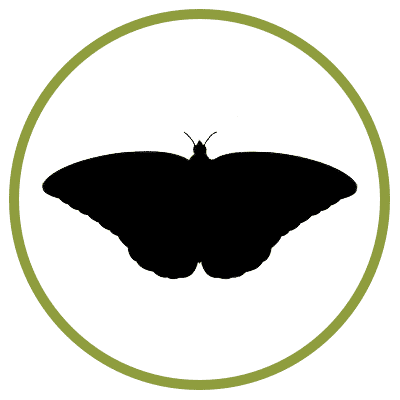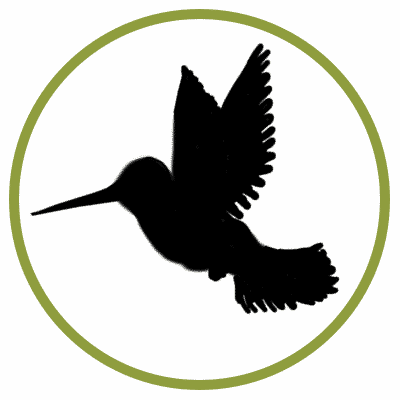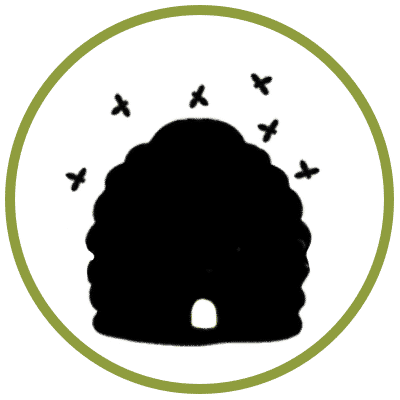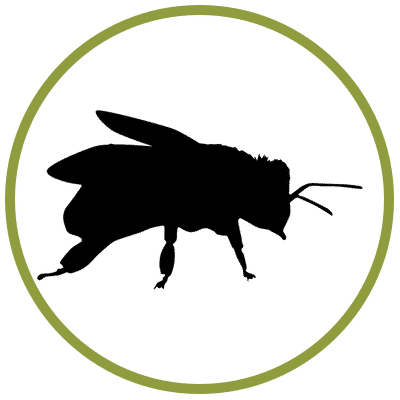explore
Adaptations
How do a pollinator’s physical structures and behaviors help it survive?
All organisms (living things) have adaptations, or unique physical structures (how they look) and behaviors (how they act) that help them get food, protect themselves, communicate with other animals in their ecosystem, and reproduce. Pollinators have special adaptations that help them get nectar from flowers and move pollen from flower to flower. If the pollinator's habitat changes, has a choice—it can adapt (adjust) to the changes and stay in its habitat, leave and find another habitat, or die.
On this page we'll EXPLORE the unique adaptations of each pollinator group. Understanding adaptations can help you help your pollinator species. Find your species' pollinator group, read about its unique adaptations, and respond to the Questions to Consider.

Butterflies & Skippers
The wings of different species of butterflies and skippers have dramatically different colors and patterns. Some are colorful, some are dull, and some are different patterns. These colors and patterns are adaptations that have helped that butterfly species survive! They help butterflies hide from predators, trick predators into thinking they are poisonous or that they are a much bigger animal, and help them maintain their body temperature.
Questions to Consider
- What adaptations does your butterfly or skipper species have and how do these adaptations help them survive and thrive?
- How does understanding your species' physical and behavioral adaptations help you help them?
Moths
Like butterflies and skippers, the wings of moths also tell an interesting story about what they need to survive and thrive. Not only have moth wings adapted to make them very good fliers, but their coloring is often important to helping them camouflage themselves so they can avoid being eaten by predators. Some species look like leaves or bark. Others have big spots that look like eyes of much larger creatures.
Some species can adapt quickly to changing conditions, such as the species in this picture who became darker as the lichens on the trees where they lived died from pollution.
Questions to Consider
- What adaptations does your moth species have and how do these adaptations help them survive and thrive?
- How does understanding your species' physical and behavioral adaptations help you help them?


Hummingbirds
Many of the hummingbird's special traits and adaptations have developed to help it consume and conserve energy. Its long narrow beak and tongue are specially designed to help it drink nectar from the long tubular flowers it likes most. The feet of the hummingbird are tiny, really only strong enough to perch on branches, which helps make them lighter. Finally, when they sleep, their organs can all slow down to conserve energy.
Questions to Consider
- What adaptations does your hummingbird species have and how do these adaptations help them survive and thrive?
- How does understanding your species' physical and behavioral adaptations help you help them?
Bats
As the only known flying mammal, bats have adapted all kinds of interesting traits to help them survive and thrive. As we discussed in the Structure and Function section, the unique wing structure of the bat helps make it a very nimble and quick flier. Pollinating bats also tend to have long noses, and very long tongues that help them reach deep into the flowering cactus and drink up the nectar. These mammals are nocturnal, which helps them avoid competition from other pollinating animals that are awake during the day. Bats have very sensitive, large ears that help them navigate around in the dark. Have you ever been in a place where you could make sound echo off the walls or surfaces around you? Bats are very good at using these sounds to figure out where they are in the dark (a process known as echolocation).
Questions to Consider
- What adaptations does your bat species have and how do these adaptations help them survive and thrive?
- How does understanding your species' physical and behavioral adaptations help you help them?

Bees
Bees have a number of specialized adaptations that help them to be great pollinators. They have hairs all over their body that can sense when flowers are nearby, and pick up pollen as they visit each flower. On their hind legs, bees have special hairs that are arranged to form pollen ‘baskets,’ which they can use to store the pollen they've already picked up. These traits allow them to carry large amounts of pollen and visit many different flowers before returning to their nest.
Questions to Consider
- What adaptations does your bee species have and how do these adaptations help them survive and thrive?
- How does understanding your species' physical and behavioral adaptations help you help them?
Curious to know more about the pollinator you want to help?
Go beyond this Quest page to explore more about the pollinator species you have chosen to help.
- Why do some pollinators in your species group live in your community and others do not?
- What adaptations does your pollinator species have and how do you think they help them survive and thrive? Are these adaptations unique to your individual species, or do other species in that group have these adaptations?
- How does understanding your species' physical and behavioral adaptations allow you to better help them?
What is the life cycle of your pollinator?








